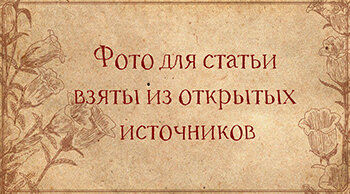Once in the USSR there was a million-strong invasion of mice and rats. What did this lead to?
The mice ate everything, they went lava on people, gnawed even their fingers, did not allow them to sleep. From north to south, the mice walked through the water. The people were frightened. The old people used to say, “This happens only before a terrible famine, or before something inevitably bad.”
November 1932.
In the vast territories of the USSR – in the Volga region, Kazakhstan, Western Siberia, Belarus, Ukraine, the Urals and other territories of the Black Earth Region, a severe famine raged.
This was one of the great disasters of the USSR.
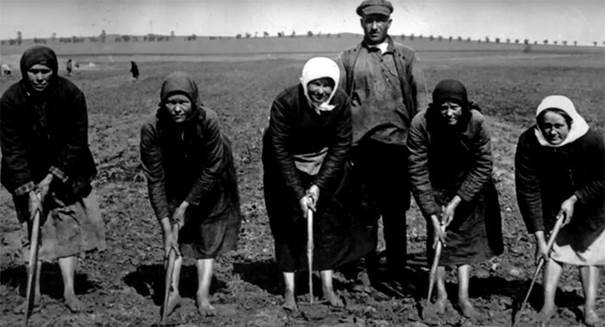
There were several reasons.
Dekulakization and collectivization. This led to the great discontent of the majority of hard-working peasants. All individual farms of people were united into collective ones.
Thus, with huge losses and forces, collective farms and state farms appeared. Forced grain procurements provoked sabotage and protests among the peasants.
At the same time, grain began to be massively exported abroad. Grain was paid for with machines and equipment. The country was undergoing rapid industrialization. After all, the country had a goal – to turn an agrarian state into an industrial one.
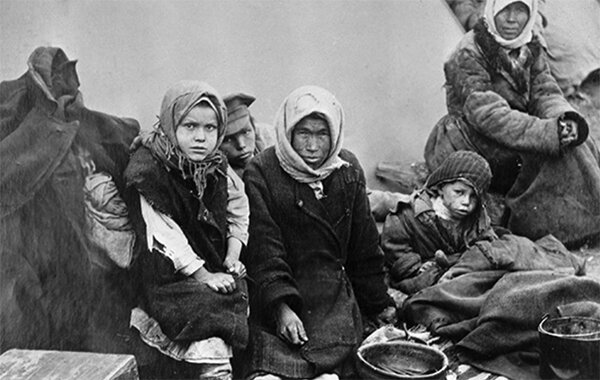
There was another reason for the widespread famine, which is not usually talked about, as it is a phenomenon.
Mouse Invasion.
As you know, collectivization in the USSR began in 1928. The discontent was massive.
Young people from the villages began to leave for the cities in droves. It seemed to young people that a new, well-forgotten serfdom had arrived.
And the kulaks, well-to-do peasants who put a lot of effort and work, were forcibly evicted from their farms. They went to the wilderness to start life almost from scratch.
It so happened that the villages lost the most active and hardworking part of the population.
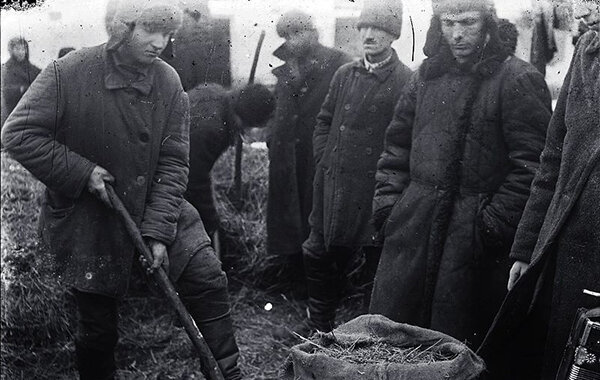
Witnesses in the yard of a peasant in search of bread
By 1932, a huge number of workers had been lost. Forced grain procurements exacerbated the already difficult lot of the peasants. They were forced to hide the grain, bury it in pits.
Labor shortages and sabotage left large quantities of the 1932 harvest unharvested in the fields.
Such gratuitous abundance has led to a rapid increase in the number of mice and rats. Due to the huge amount of crops left behind, a huge army of field mice appeared.
Another important reason was that peasants hid grain and buried it in special pits.
They were made in the following way: the walls of the pit were smeared with clay and a fire was made in this pit. The heat made the clay waterproof. The cracks in the pit were carefully sealed from rodents. There were such pits in every yard.
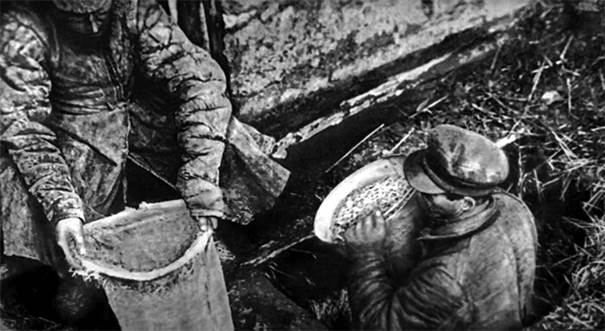
But during the grain procurement, the peasants, not wanting to give grain to the state, hid the grain in hastily dug pits that were not equipped with clay. The mice got to these caches before the activists.
All this provoked a mouse attack. Such an explosive multiplication of mice has baffled biologists.
In the autumn of 1932, in many regions of the Black Earth Region, up to 5,000 mice were swarming in each haystack. And on each hectare of land there were up to 10 thousand mouse holes.
There is even a case that is reflected in the documents. Not far from Nalchik, a train stopped on the railway tracks, as it got stuck in a huge mass of mice. Thousands of mice crossed the railroad track.
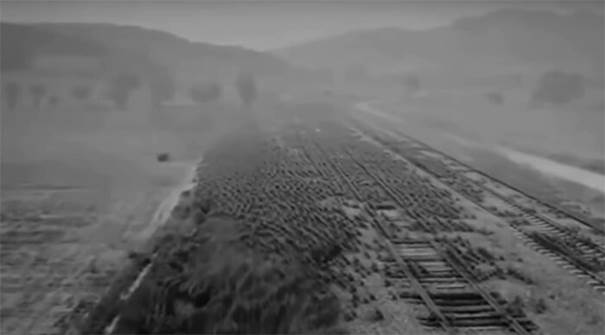
A huge mass of mice on the railway tracks
Houses, outbuildings, baths, sheds – everything was filled with mice. Entire villages suffered from the tailed beasts. They didn’t let me walk, they didn’t let me work, they didn’t let me sleep.
At night, they crawled under the covers. There were a large number of cases when they gnawed the fingers of helpless old people and children.
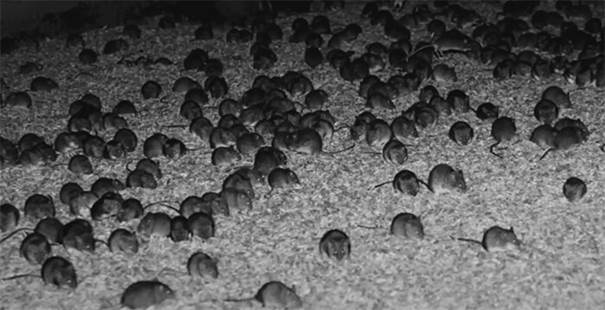
There is a rather rare document that analyzes the causes of the mouse invasion.
“As a result of all this, not only the fields, but also the villages of the North Caucasus are overgrown with a huge number of weeds, choking the growth of cultivated grains, lowering its quality. The significant losses that took place during the harvest contributed to the breeding of a myriad of mice, which spread throughout the territory of the North Caucasus, eating huge amounts of bread.
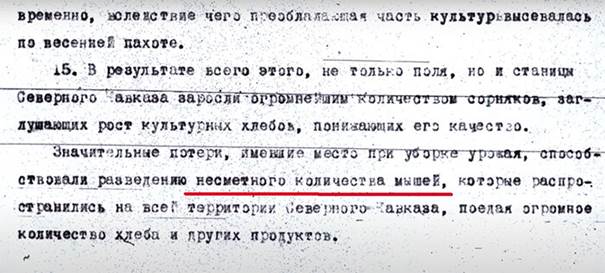
The entire European part of the USSR was “captured” by mice. The phenomenon has taken on the scale of a natural disaster. They multiplied rapidly, eating and destroying everything. There were 2-3 burrows on each square meter.
For the winter, the mice moved to haystacks. The haystacks were swarming with rodents. From the side, the haystack seemed to be moving.
Eyewitnesses of the events recalled that the mice went in an endless terrible stream, destroying all the stocks of the peasants in a short time. It was not possible to hide food, as from collectivization activists. They were everywhere, in the most inaccessible places and crevices.
Capturing and destroying one settlement after another, whole hordes of mice moved on in a menacing stream. Food, shoes, clothes, seeds – nothing was left intact.
Even the old-timers of these places have not seen such a disaster and horror. Grain from grain barns, pits – everything disappeared in a matter of days.
This meant only one thing – starvation.
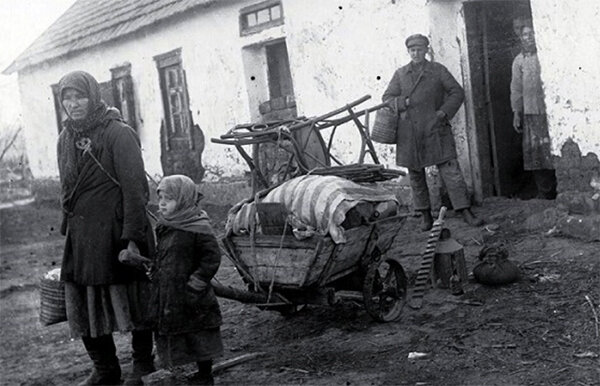
Regrettably, the Soviet leadership did not pay due attention to this terrible phenomenon right away. This was called a panic in the villages due to forced procurement.
By the spring of 1933, the mouse invasion had crossed all conceivable and unthinkable reasonable boundaries. Mice, which were already not just too many, but too many, multiplied by the millions.
It was impossible not to pay attention to this.
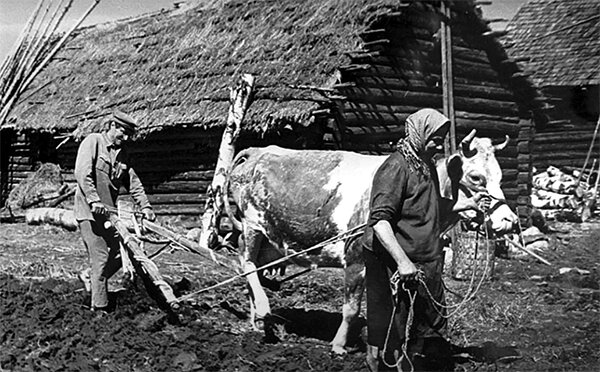
In the spring of the same year, tens of thousands of people were urgently gathered. With the help of pesticides, a war began with people against rodents.
Biologists recalled that it was an unrealistic extermination operation.
But they realized it too late. A whole year late.
A severe famine had already come to the villages. Exhausted by hunger during the winter, people simply could not work on the land in the spring.
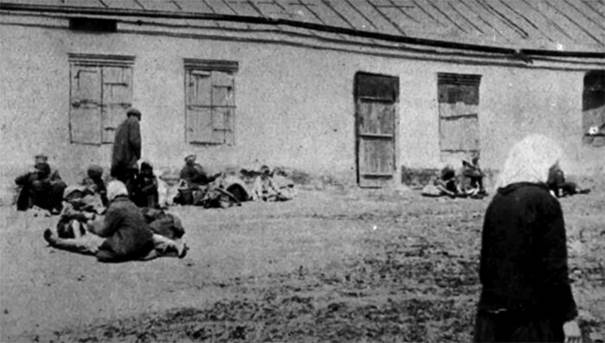
Famine came to the villages
The situation had to be corrected.
The state decided to slow down the pace of industrialization.
Villagers were temporarily allowed to revive household farms and raise livestock.
The famine of 1932-33 was the greatest catastrophe of the Soviet period.
